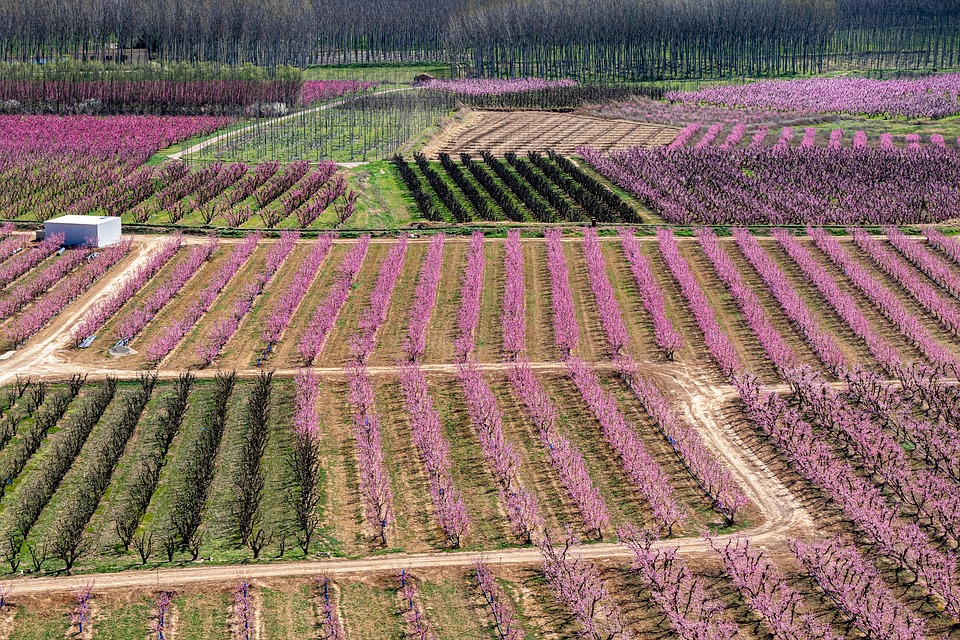# A Greener Thumb: How Sustainable Gardening Can Help the Environment
When I first decided to embrace sustainable gardening, it didn’t just change my garden; it transformed the way I view our planet. I remember standing in my backyard, soil under my nails, staring at a patch of lifeless dirt. With a little research, a few native plants, and some compost, that barren plot blossomed into a vibrant oasis teeming with life. Birds sang, bees buzzed around, and butterflies danced among the flowers. It was like the land had woken from a long slumber, and suddenly, I had realized that each plant I nurtured was a step toward healing our environment. Sustainable gardening isn’t just a trend; it’s a lifestyle that paves the way for a greener, healthier Earth.
## Understanding Sustainable Gardening
At its core, sustainable gardening is about cultivating plants in harmony with nature. It seeks to minimize environmental impact while promoting biodiversity. This approach enables gardeners to grow their own food, conserve resources, and create a home for local wildlife—all while reducing our carbon footprint.
Sustainable gardening practices can include:
– **Organic Gardening**: Utilizing natural fertilizers and pest control methods.
– **Permaculture**: Designing the garden as a mini-ecosystem that is self-sustaining.
– **Xeriscaping**: Adopting drought-resistant plants to conserve water.
By adopting these methods, not only can you reduce your environmental impact, but you can also foster a more biodiverse ecosystem, create healthier soil, and contribute to cleaner air.
## The Environmental Benefits of Sustainable Gardening
### 1. Biodiversity Boost
Biodiversity is essential for a healthy ecosystem. Sustainable gardening encourages the planting of diverse species, which in turn attract various pollinators and beneficial insects. This is crucial not just for the garden itself, but for the larger environment. The more diverse your plants, the more stable your garden will be, providing habitats for countless species.
### 2. Soil Health
Healthy soil is the foundation of sustainable gardening. By focusing on organic methods, gardeners can improve soil structure and fertility. Techniques such as composting not only enrich the soil but also promote a thriving community of microorganisms.
### 3. Carbon Sequestration
Plants absorb carbon dioxide (CO2) from the atmosphere, making gardens a vital player in the fight against climate change. Trees, shrubs, and even cover crops can help sequester carbon, thereby reducing greenhouse gases and combating global warming.
### 4. Water Conservation
Sustainable gardening practices such as rainwater harvesting and drip irrigation systems conserve water and reduce runoff. Choosing plants that require less water, such as native species, can also significantly reduce your garden’s water footprint.
### 5. Healthier Ecosystems
By creating a sustainable garden, you’re essentially designing a mini-ecosystem. The plants, insects, and animals all interact and support each other. This synergy allows for more resilience against pests and diseases, creating a balanced environment that benefits everyone.
## Steps to Create Your Sustainable Garden
Embarking on a sustainable gardening journey can be straightforward and rewarding. Here’s how to get started:
### 1. Choose Native Plants
Native plants require less maintenance and fewer resources to thrive. They are also well-adapted to the local climate and can create a habitat for local insects and wildlife. Examples include Black-Eyed Susans, Coneflowers, and various types of grasses.
### 2. Composting
Starting a compost pile is one of the best ways to enrich your soil naturally. Compost helps reduce waste by repurposing kitchen scraps and yard debris, turning them into nutrient-rich soil that benefits your garden.
### 3. Water Wisely
Invest in rain barrels to collect water during wet months, or use drip irrigation systems to minimize water loss. Additionally, choose to water your garden early in the morning or late in the afternoon to reduce evaporation.
### 4. Use Organic Pest Control
Avoid chemical pesticides that can harm beneficial insects. Instead, utilize natural pest control methods such as companion planting or introducing beneficial predators like ladybugs.
### 5. Practice Crop Rotation
Changing the types of plants you grow in a particular area each year preserves soil nutrients and reduces pest infestations.
## Pro Tips for a Greener Thumb
– **Start Small**: If you’re new to gardening, begin with a small plot. Small successes can build your confidence and skills.
– **Enjoy the Process**: Gardening isn’t just about the final product. The act of nurturing plants can be rewarding and meditative.
– **Educate Yourself**: Attend local workshops or read books on sustainable gardening. The more you learn, the better your garden will thrive.
– **Join a Community**: Connecting with like-minded individuals can provide support, resources, and encouragement.
– **Experiment**: Don’t be afraid to try new things! Certain plants may thrive in your unique environment, while others may not.
## The Joy of Harvesting
There’s nothing quite like the joy of harvesting your first crop from a sustainable garden. Whether it’s a juicy tomato, crisp lettuce, or fragrant herbs, every bite tastes better when you know it was grown in harmony with the Earth. This practice not only provides fresh produce but also fosters a real connection with your food and its environment.
Moreover, sustainable gardening can extend beyond personal enjoyment into community engagement. Hosting a small produce swap with neighbors allows you to share garden bounty while fostering connections. Community gardens serve as a fantastic platform for spreading awareness, engaging in local ecology, and promoting sustainable practices.
## The Future is Green
As we grapple with climate change, pollution, and biodiversity loss, the role of sustainable gardening becomes ever more crucial. Each garden acts as a small patch of resistance against the environmental challenges we face. By practicing sustainable gardening, individuals can take concrete steps to foster a healthier planet.
In conclusion, nurturing a sustainable garden is not just about growing plants—it’s about growing an awareness that benefits both you and the environment. So grab a spade, plant a seed, and watch the magic unfold. The planet is counting on us to cultivate a greener tomorrow, and every effort counts!



